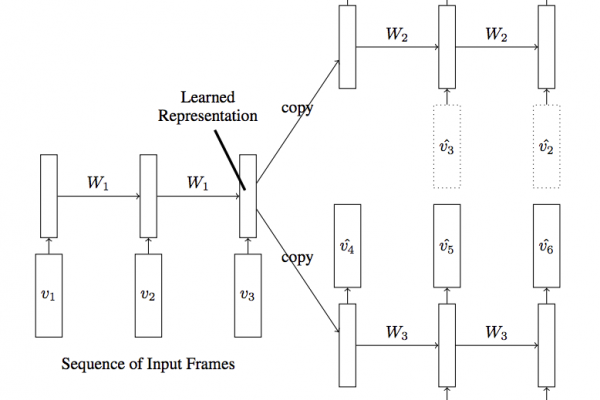A Gentle Introduction to LSTM Autoencoders

Last Updated on August 27, 2020
An LSTM Autoencoder is an implementation of an autoencoder for sequence data using an Encoder-Decoder LSTM architecture.
Once fit, the encoder part of the model can be used to encode or compress sequence data that in turn may be used in data visualizations or as a feature vector input to a supervised learning model.
In this post, you will discover the LSTM Autoencoder model and how to implement it in Python using Keras.
After reading this post, you will know:
- Autoencoders are a type of self-supervised learning model that can learn a compressed representation of input data.
- LSTM Autoencoders can learn a compressed representation of sequence data and have been used on video, text, audio, and time series sequence data.
- How to develop LSTM Autoencoder models in Python using the Keras deep learning library.
Kick-start your project with my new book Long Short-Term Memory Networks With Python, including step-by-step tutorials and the Python source code files for all examples.
Let’s get started.
